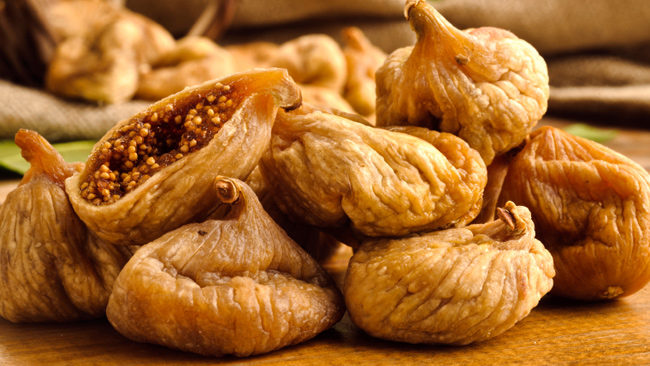Part of a healthy, balanced diet includes the consumption of nutrient rich fruits and vegetables. Dried fruit might seem like a handy snack to meet this dietary recommendation. This snack consists of fruit in which the water has been removed by a dehydrator or naturally from the sun. Apricots, cranberries, raisons, dates…. are just a few on the list. Sometimes they’re coated in a spice or sugar for added taste, such as dried mangoes with chili pepper. There are pros and cons to this selection. You be the judge whether you decide to reach for fresh or dried next time you have some.
Pros
Fans of dried fruit love its sweet taste, the no mess, how convenient for on-the-go it is, and the long shelf life. Dried fruit outlives and fresh type. We find these snack packs in vending machines, at the airport, while we are checking out at the grocery store, and at gas stations. Seems like a good alternative to a candy bar when the options are limited. Dried fruit is nutritious in the sense that it is just compacted fruit. It actually contains close to 3 ½ times the amount of vitamins, minerals, and fiber compared to fresh fruit. It is a great source of antioxidants.
Cons
Sugar, sugar, sugar. Dried fruit can contain up to three times the amount of sugar compared to fresh fruit. No wonder it is so tasty. Ever heard the word “fructose”?? Well that is the very sugar hiding in dried fruit. When we have extra fructose in the body, the liver converts it to VLDL. This is the bad cholesterol that is high in triglycerides. The health consequences of high triglycerides include heart disease, diabetes, and obesity. For example, let’s take a look at popular dried cranberries. Topped on a salad or part of your trail mix, it seems like an added healthy bonus. Wrong. One cup of fresh cranberries has 4 grams of sugar. One cup of dried cranberries has 70 grams. That equates to one bag of M&Ms. This raises the calorie content as well. In general, dried fruit has twice the calories and carbohydrates as fresh fruit. While all these no-no’s are added, calcium is subtracted as a result of the drying process.
The freedom of choice
What we perceive to be healthy doesn’t always equate to be true and this can be reflected by our fitness results. Clean eating involves fresh choices. Mother nature is the only additive. It’s probably a good idea to not eat anything with ingredients we are unable to pronounce. Real fruit doesn’t come with a label. We are also misled to believe that the bag of dried apricots was one serving, when really it was 2 or more which is another indication that we neglect labels and are not fully aware of what is being put in our bodies and how much. It is easy to justify once bad choice over the other by reaching for a package of dried fruit instead of the candy bar. The truth is that a fresh apple can fit in your purse or bag too. Such a tiny snack pack wrecks quite the damage on the waistline. We are told to always stay hydrated, and this seems like good advice for our fruit too.
https://pubmed.ncbi.nlm.nih.gov/21745628/
https://www.healthline.com/nutrition/dried-fruit-good-or-bad








